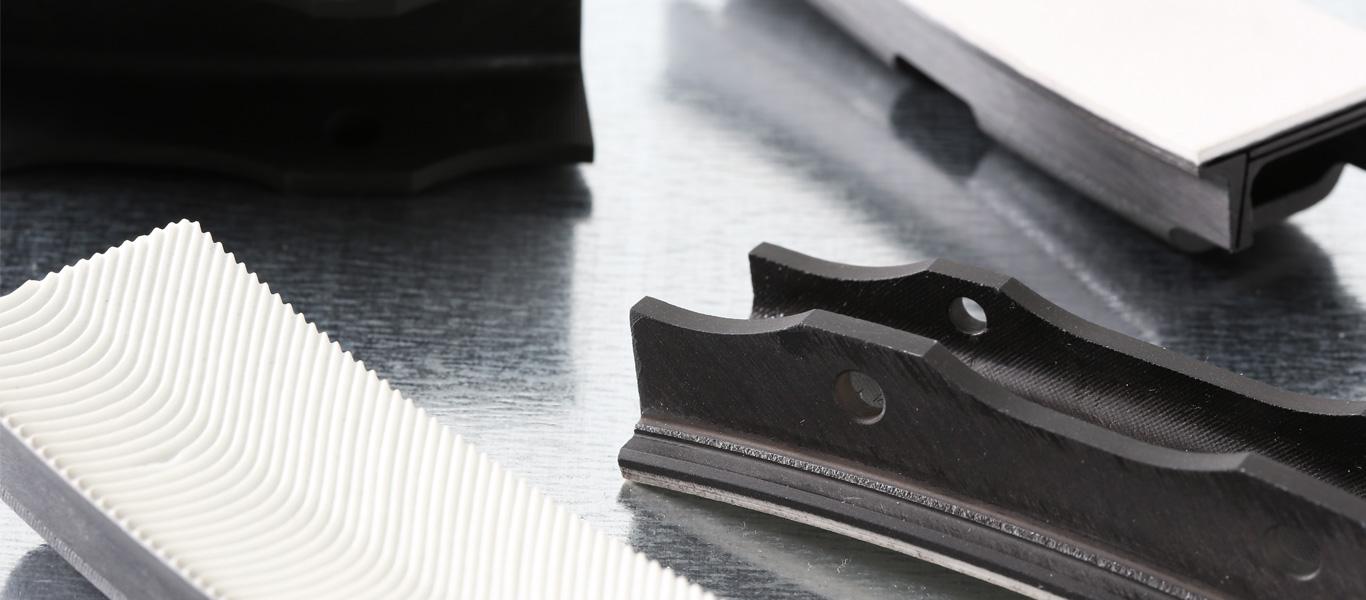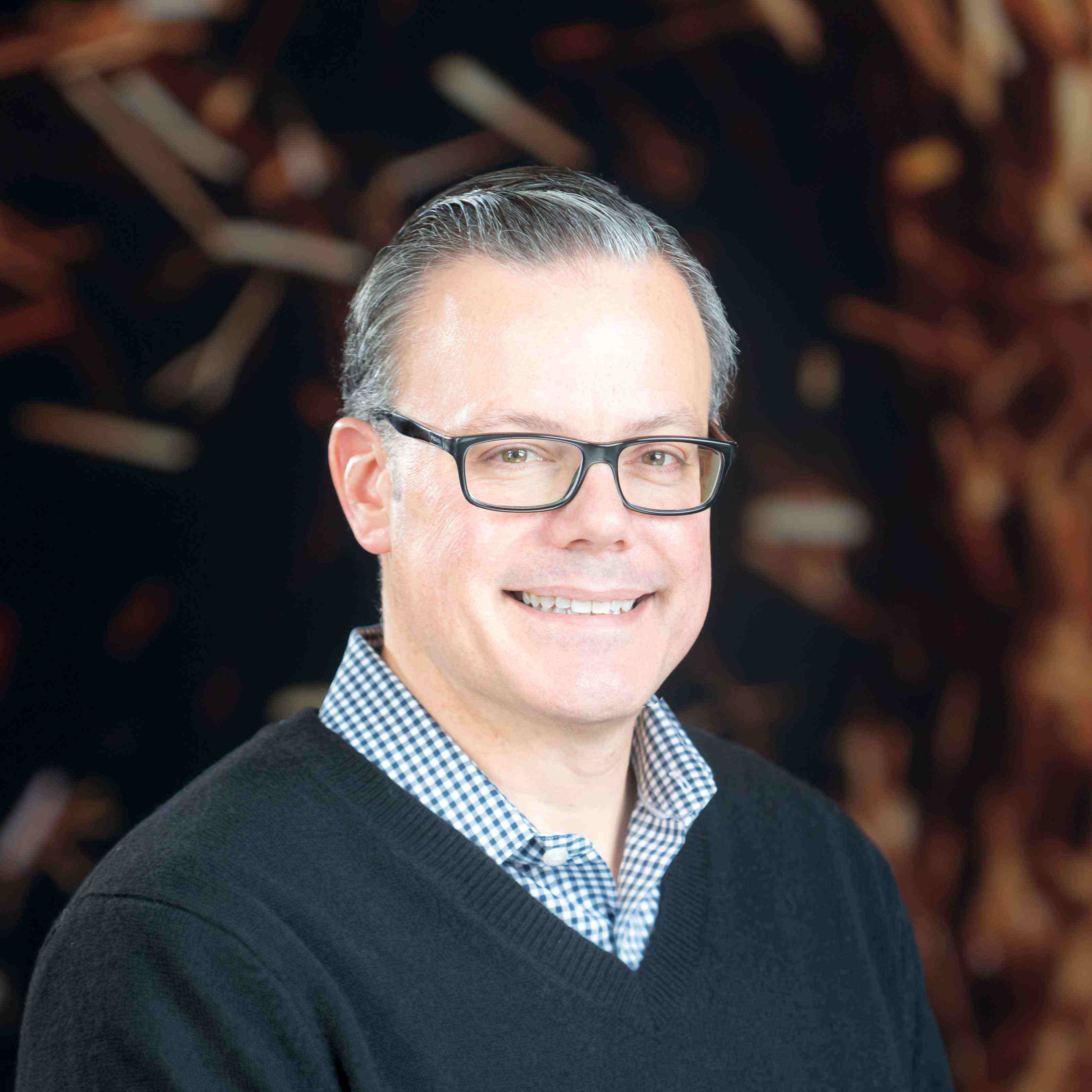Additive Manufacturing, Digital Technologies, Software & Analytics, Mechanics & Design, Thermosciences, Materials
“Will Pigs Fly Before Ceramics Do?” That was the headline of a published report in 2001 by a group of scientists from the Institute of Defense Analysis, questioning whether that day would ever arrive. They starkly concluded that “There may be more pigs flying than ceramics in the future.” But thanks to pioneering work at GE’s Research Lab in Niskayuna, NY, this story has an epilogue with a much different conclusion.
At the time of the report nearly two decades ago, the report’s conclusions were well-founded. The technology gaps and the amount of investment required to integrate ceramics into flight were seemingly insurmountable. The ceramics research community was still grappling with fundamental questions about the stability and performance of the materials, not to mention how they could be integrated into larger complex systems such as a jet engine. And finally, if successful, they recognized the magnitude of investment required to build and scale a robust ceramic manufacturing plant would be huge.
Today, Krishan Luthra, Chief Materials Scientists at GE Research, can hold up that report and smile. After conceiving and leading the development of ceramics matrix composites (CMCs) technology at GE Research through the late 1980s, 1990s and early 2000s, GE Aviation made the bet few could have foreseen to turn a half century dream of the ceramics industry into a commercial reality.
CMCs successfully operate in the hottest section of the CFM* LEAP turbofan, which already is powering hundreds of narrow-body commercial aircrafts in service today and contributed to a backlog of over 18,750 LEAP engines. As GE looks forward, the impact of CMCs will become even greater. GE’s next generation jet engine, the GE9X, will incorporate five CMC components, including in the combustor and the high-pressure turbine. The performance difference is palpable. In an industry where lightweight components and higher operating temperatures translate into better performance and higher efficiency, CMCs are a game-changer. Its components are just a third of the weight of their metal counterparts, as durable as metal, and can operate at 2,400 degrees Fahrenheit—about 300 degrees higher than most advanced metals.
But how did we get to this point? Ceramics, used for thousands of years for pottery and glass, had never been utilized in machinery like engines due to their inherently brittle nature. Yet Luthra was willing to bet on this revolutionary technology, choosing to focus his attention on the high temperature capability of ceramics and finding a way to engineer them into a super durable material that was as tough as the metals used in aviation components.
“I was convinced of two things when I began my work on CMCs. First, if we were successful, we would transform the industry with a material that was more durable and heat resistant than nickel-based alloys, allowing gas turbines to run hotter and thus more efficiently. Second, if anyone had a chance of making this technology successful, it was GE because of the approach we had taken that was based on customer needs and because of the interdisciplinary strength we have at GE Research,” says Luthra, Chief Materials Scientist at GE Research.
CMCs consist of ceramic fibers coated with thin ceramic coatings that is arranged into a ceramic matrix—a combination of inherently brittle materials. The ceramic coating proved to be essential to enabling their metal-like toughness.
Not everyone was so sure of technology’s potential—Luthra had to demonstrate the feasibility of CMCs to prove the skeptics wrong.
Luthra and his team initially tested ceramic matrix composites by placing a ceramic shroud around metal blades in a 2-megawatt gas turbine engine for power generation in Florence, Italy. Only a few hours after running the machinery, they received a disheartening call from the site — their CMC shroud had cracked, and they had no choice but to dismantle the engine. But in fact, once the engine was disassembled, they found that the metal blades had abraded without causing any damage to the CMC shroud ring. “After this test, the mechanical engineers were no longer fearful of the material. This was the first time we proved that ceramics could tolerate the demanding conditions of a gas turbine without experiencing a failure in functionality,” shared Luthra.
Although intended for GE Power, the power sector was not ready to adopt this new technology so Luthra and the senior management team at GE Research made the crucial pivot to GE Aviation.
Luthra credited the success of this breakthrough technology to GE Research’s ability to collaborate across disciplines and combine expertise. “The greatest strength of GE Research is that you can walk down the hall and meet experts in every field. This gives us a tremendous opportunity to learn and leverage our interdisciplinary knowledge to facilitate significant technology innovations. We needed the expertise of our entire GE team—including Research, Power, and Aviation—to develop and commercialize CMCs.”
What is the future vision for CMCs? Luthra hopes to see an entire engine composed of CMCs, including rotating parts one day. In the next generation of CMCs, Luthra also predicts an advancement of an additional 300 degrees over current CMC components, which would further improve fuel efficiency and enable aircraft to fly longer and farther than ever before.
*CFM is a 50/50 joint company between GE Aviation and Safran
We're here to solve your toughest problems.






